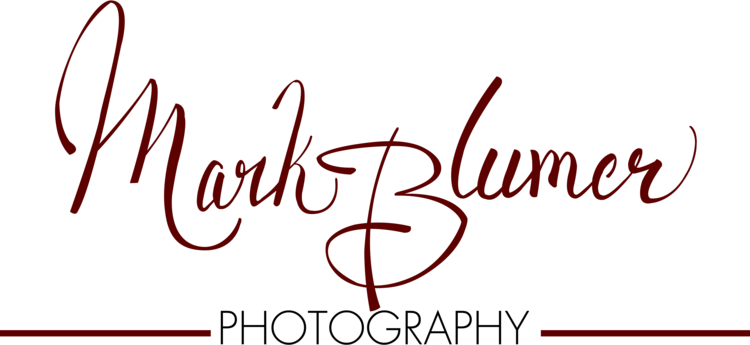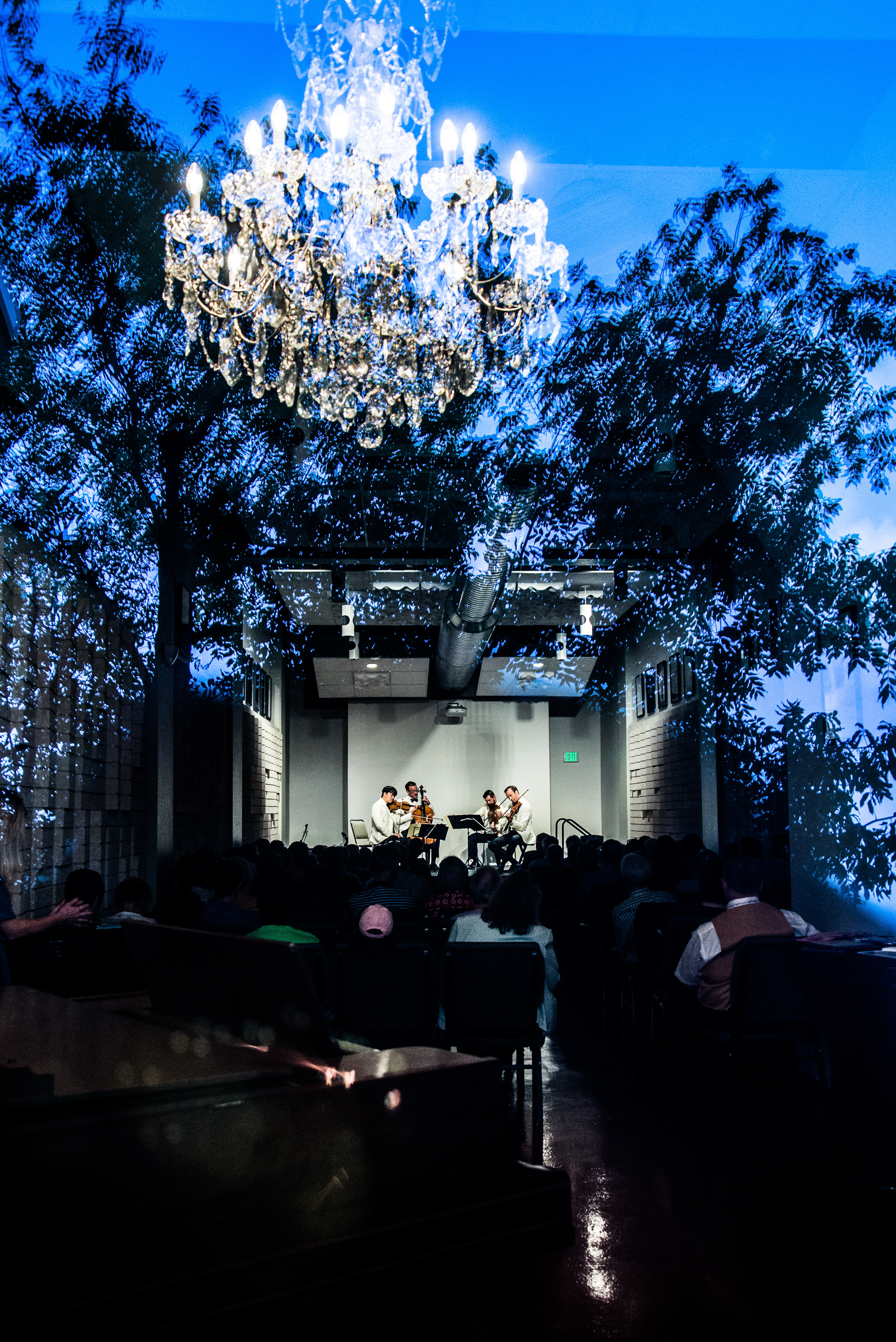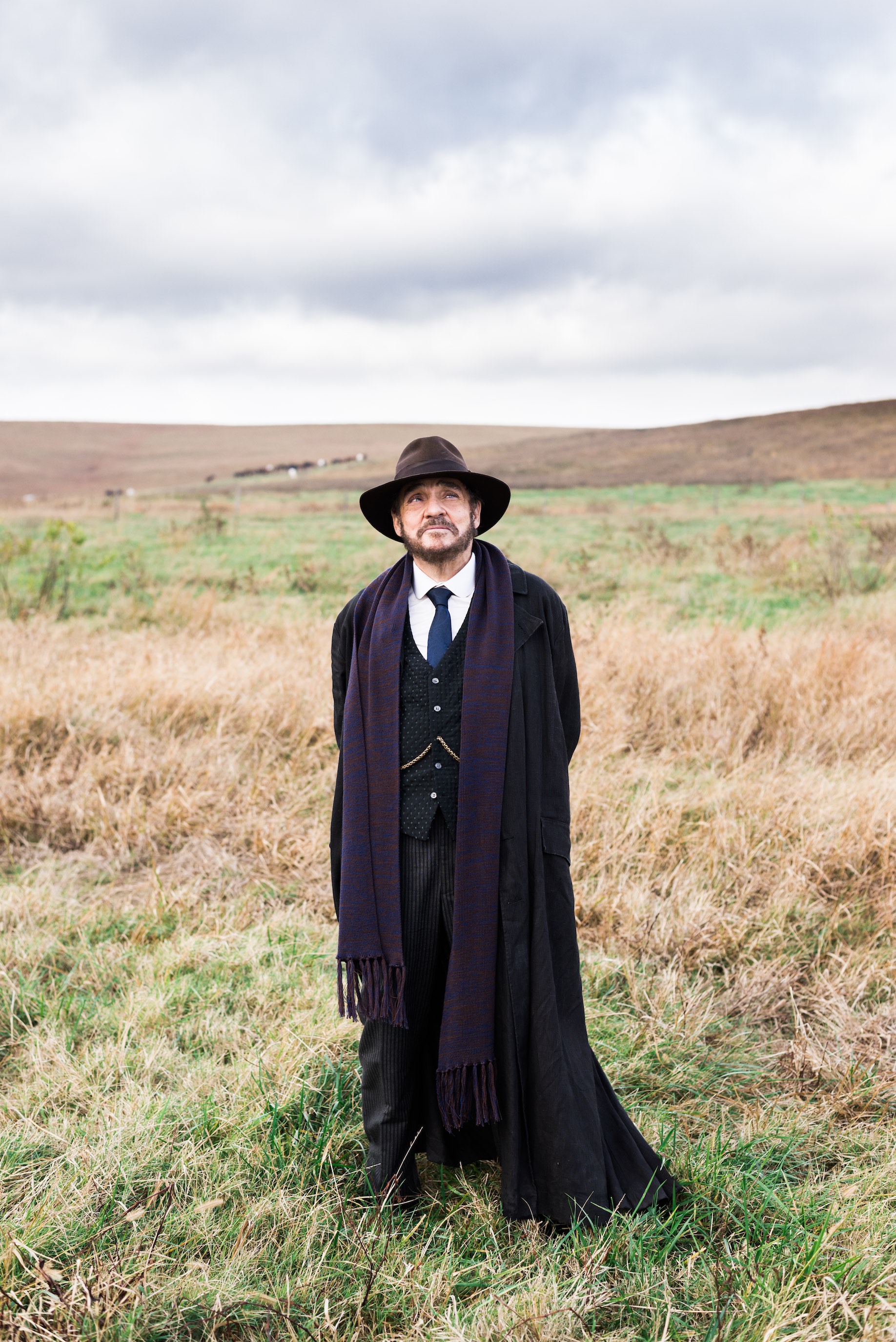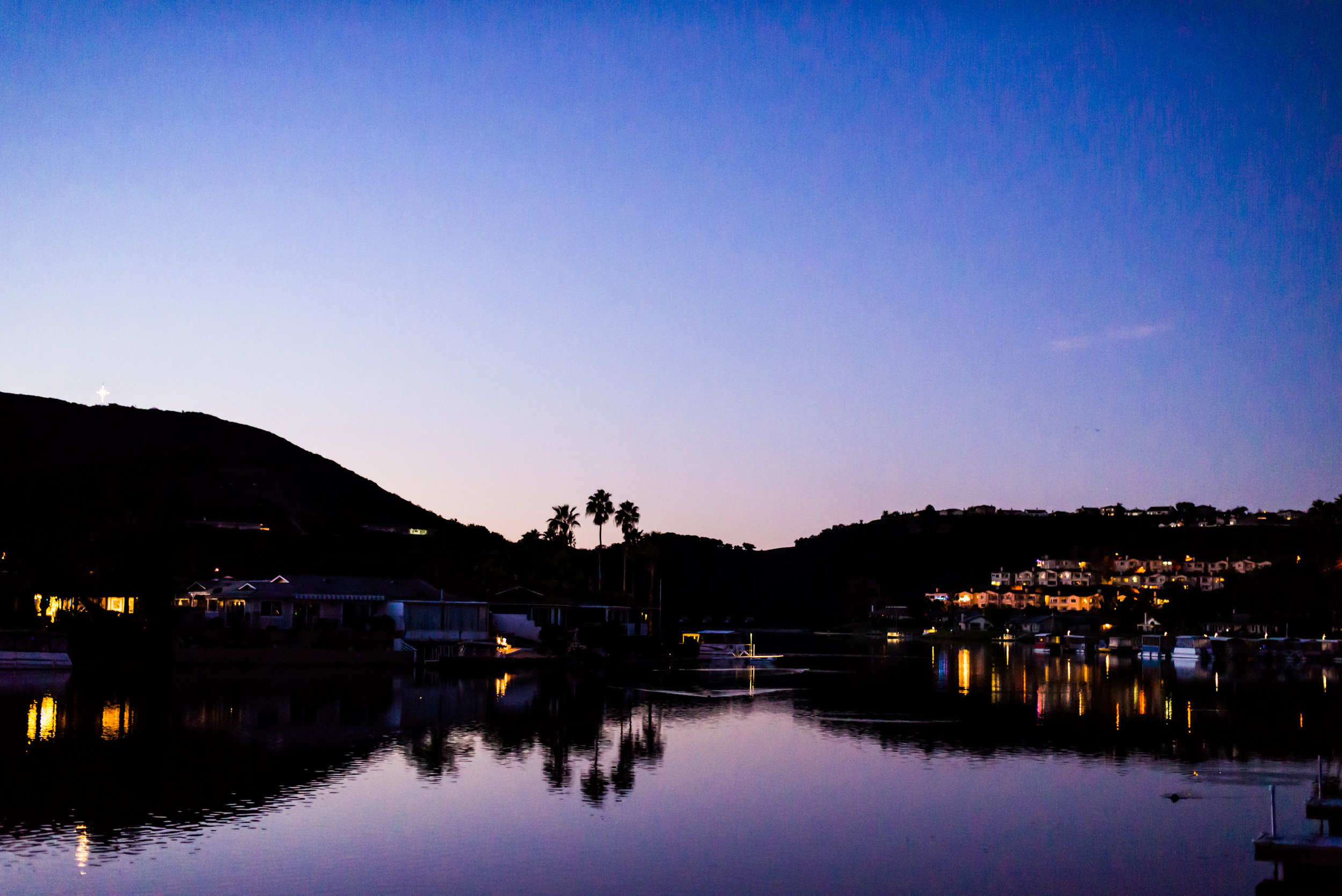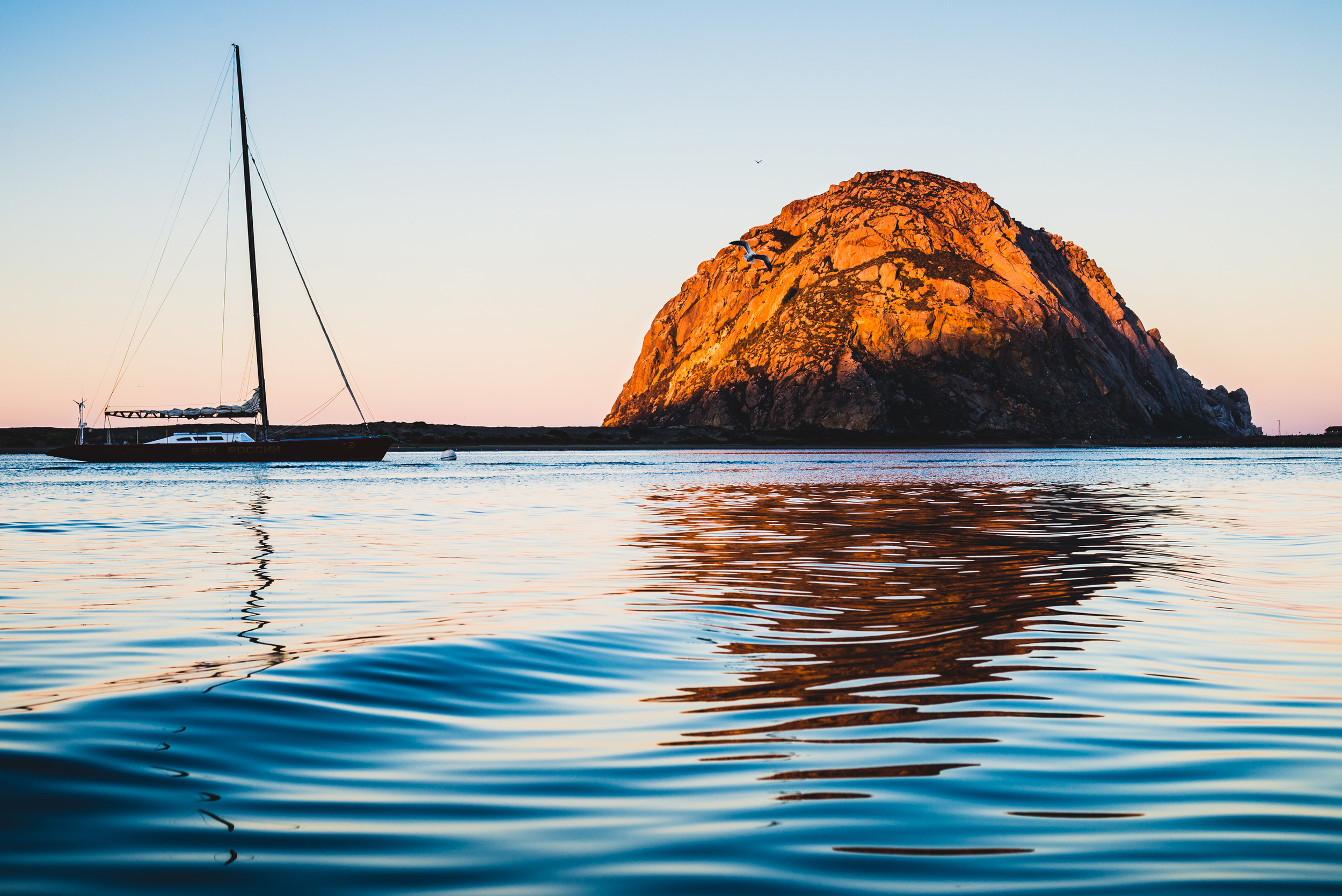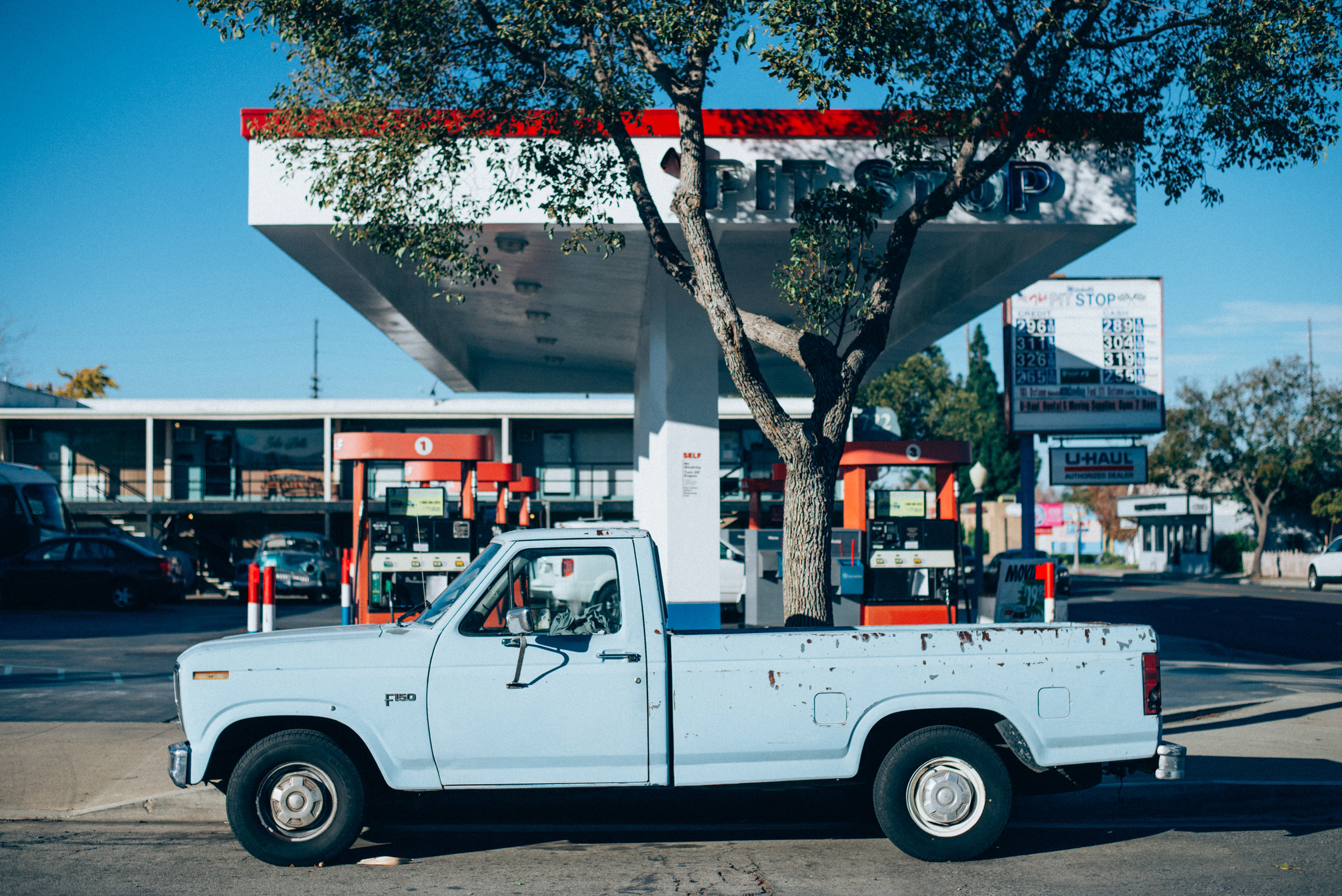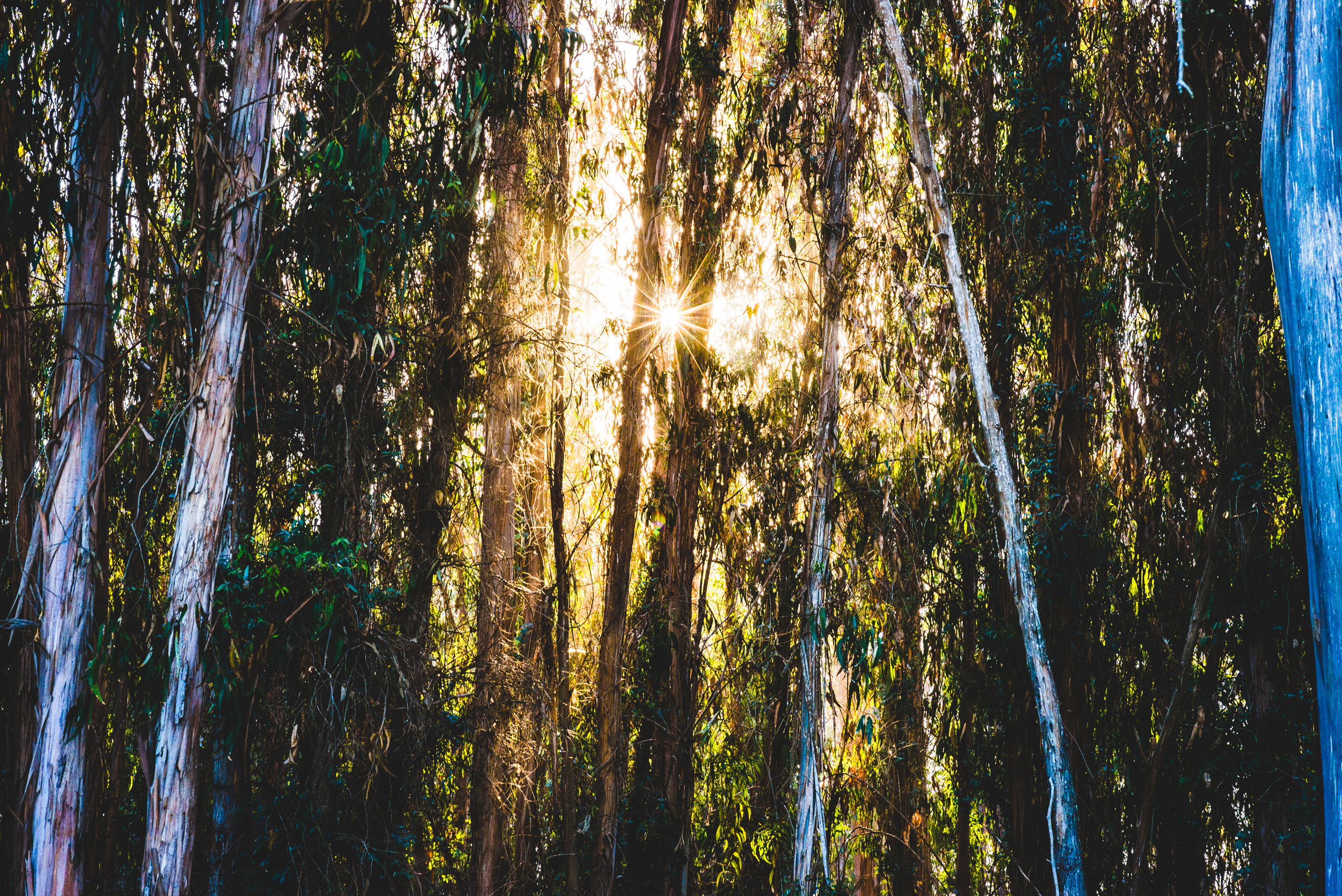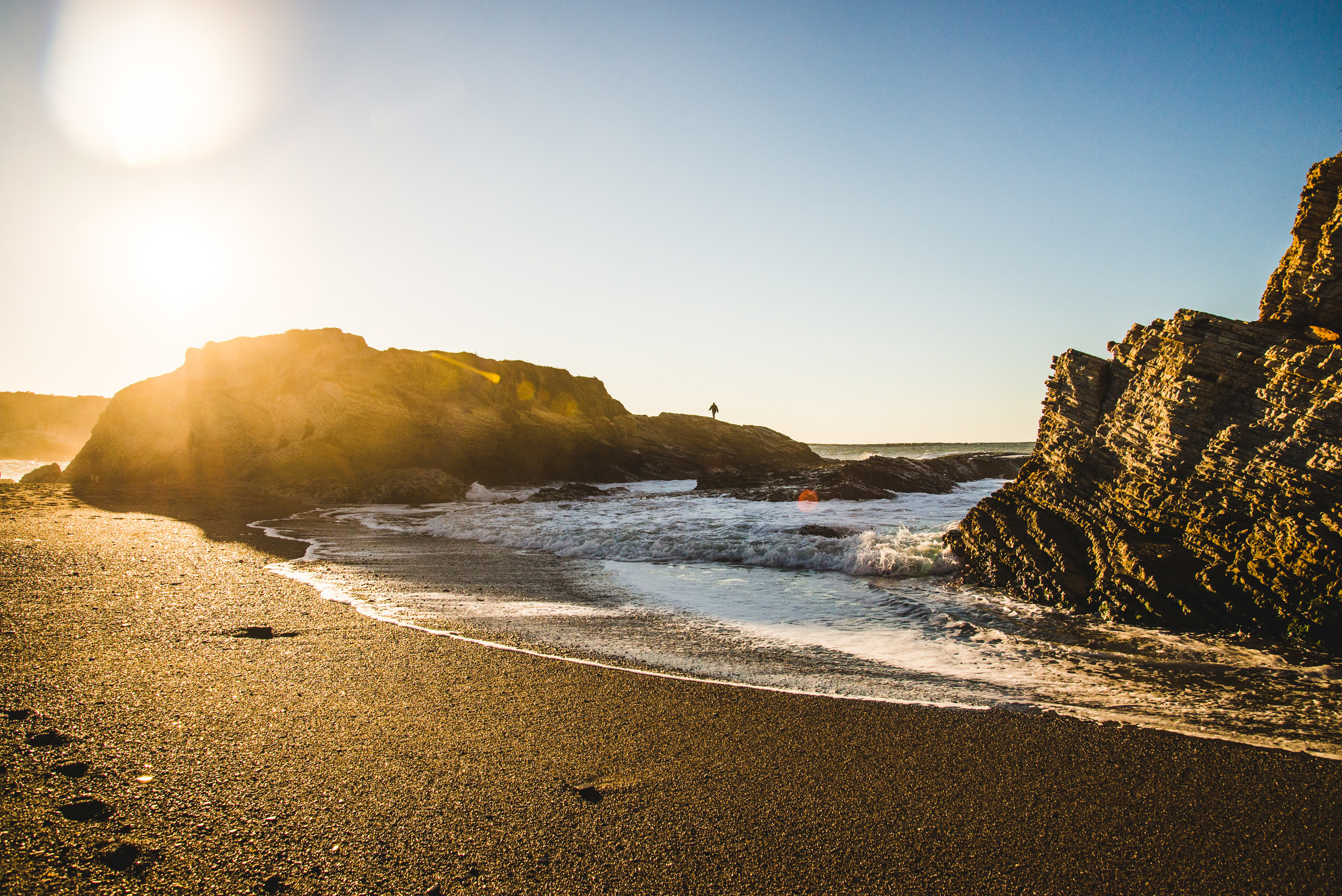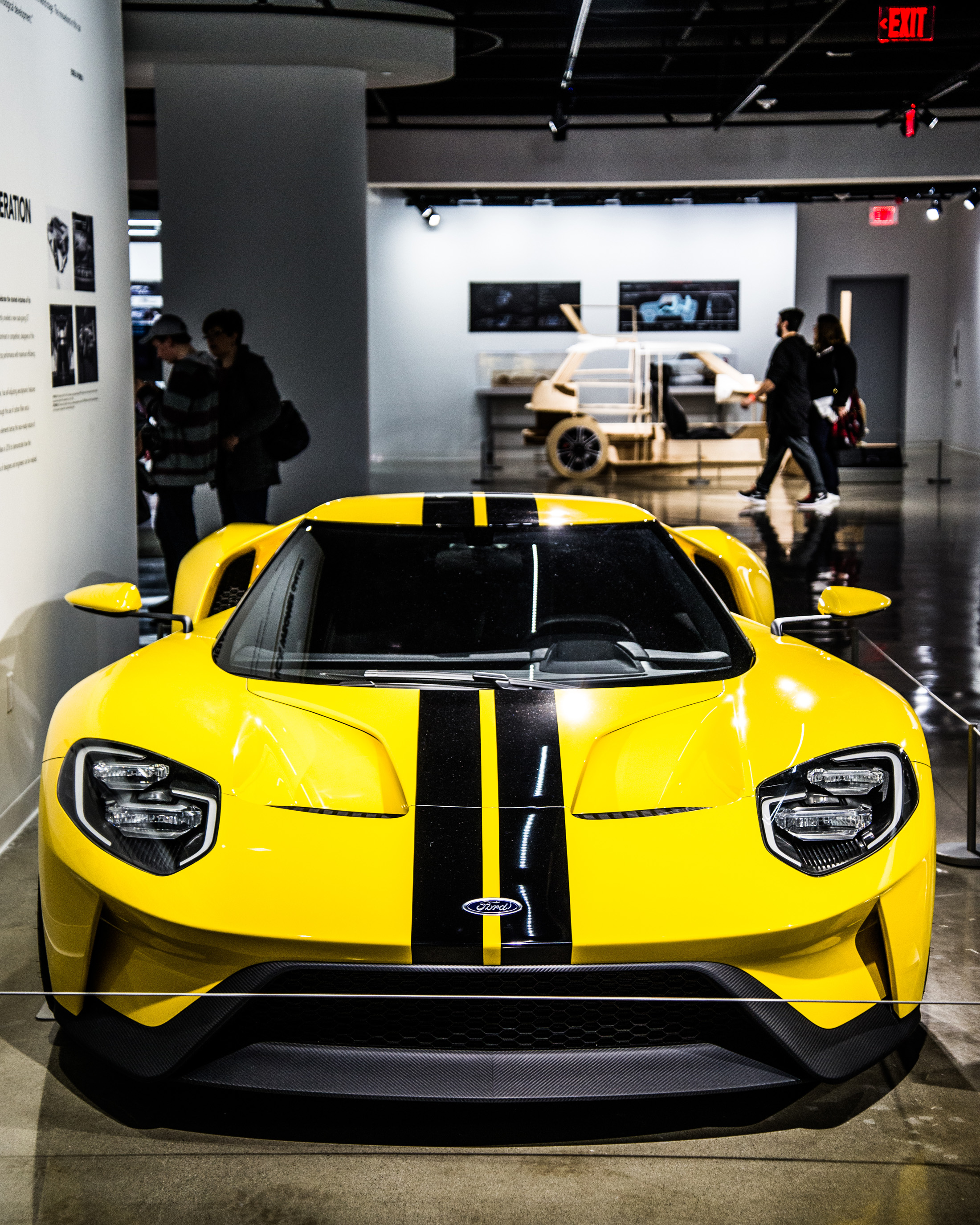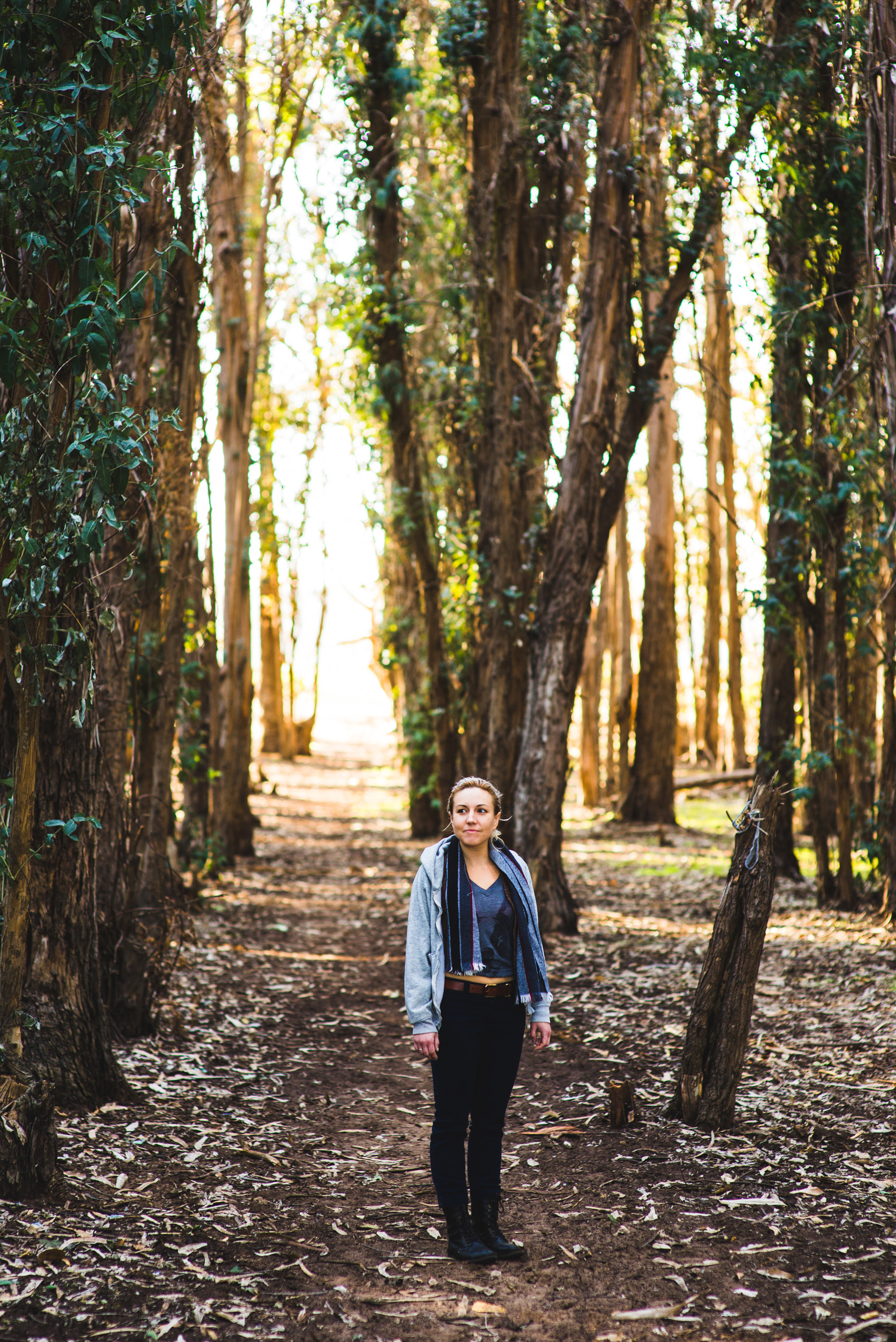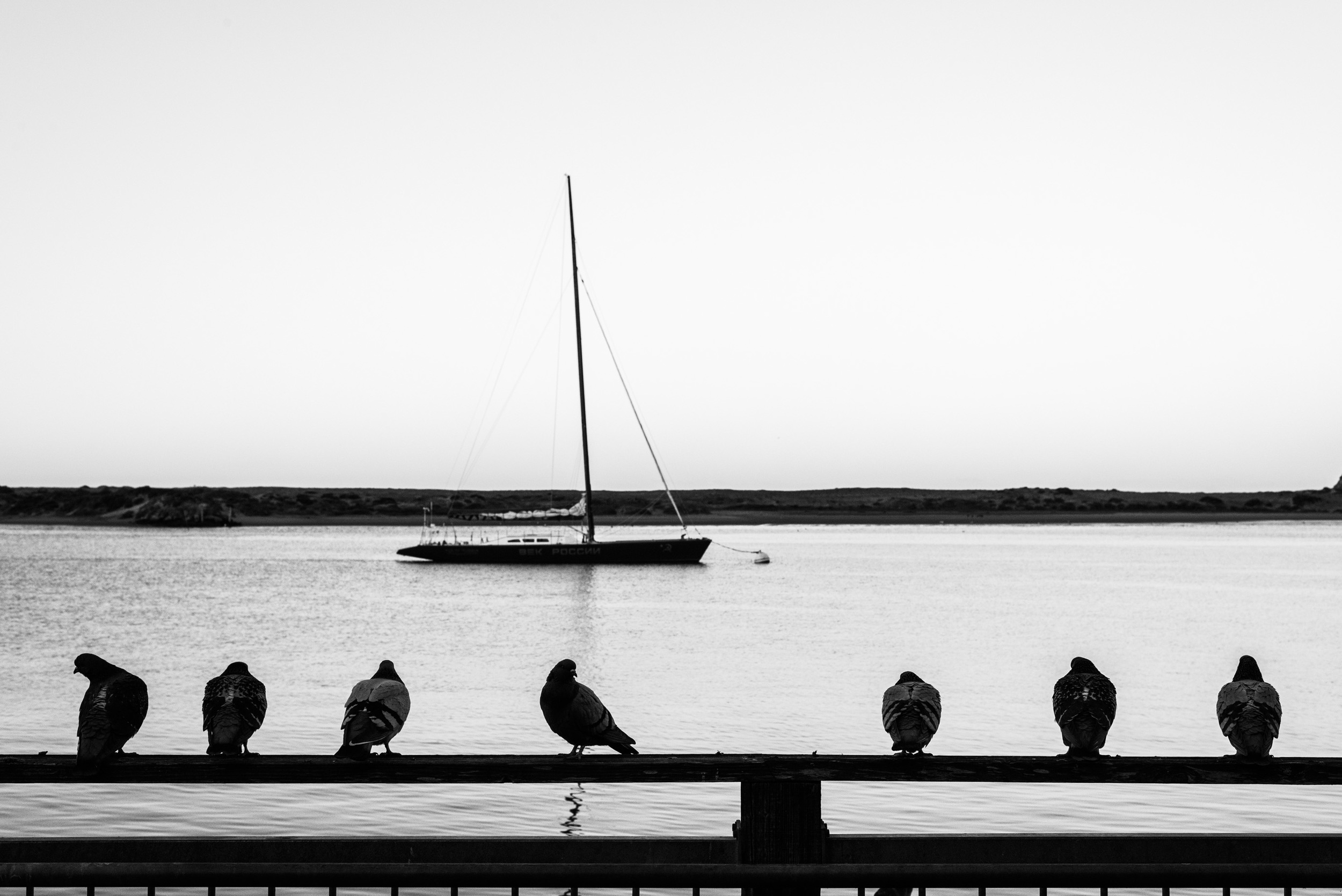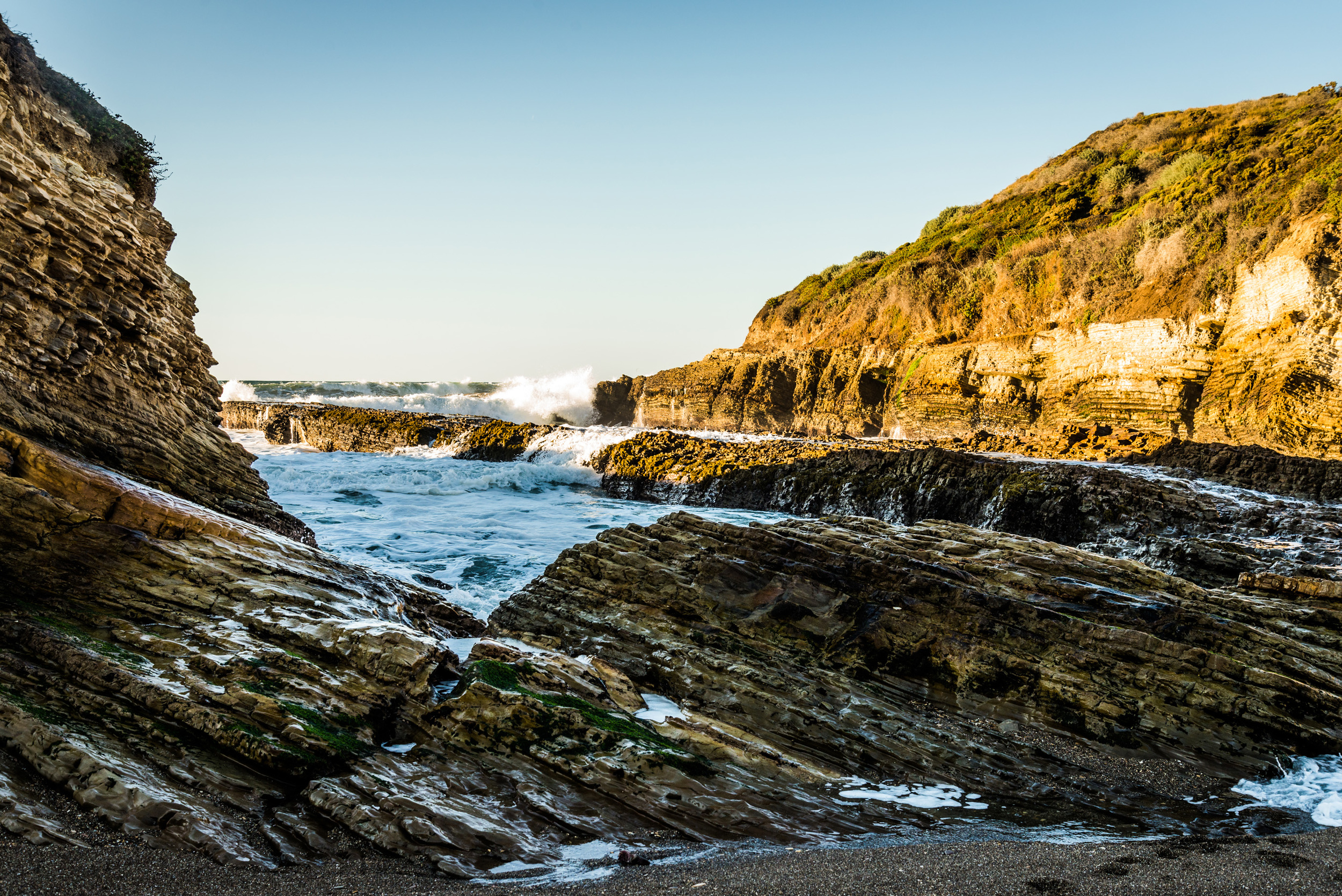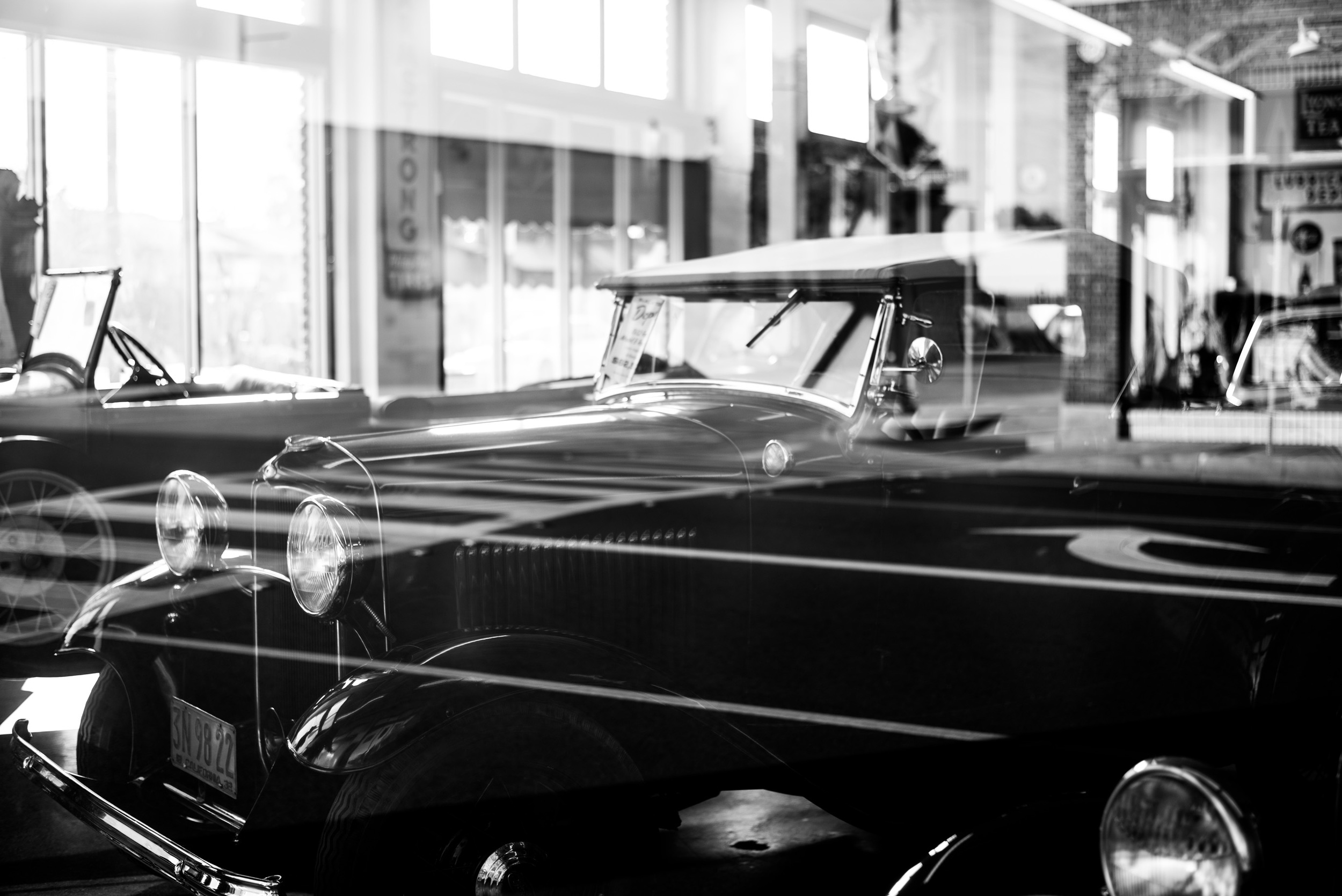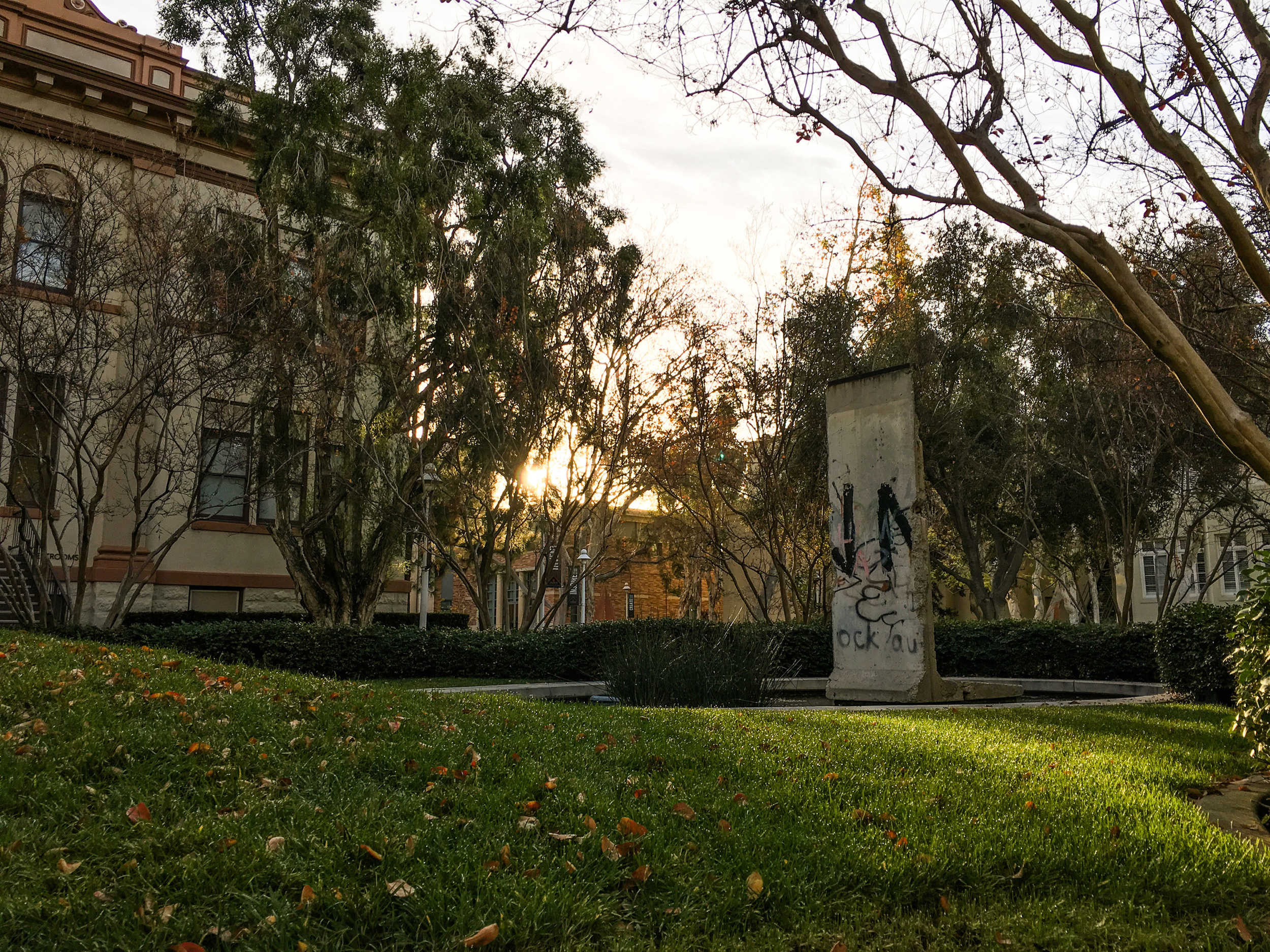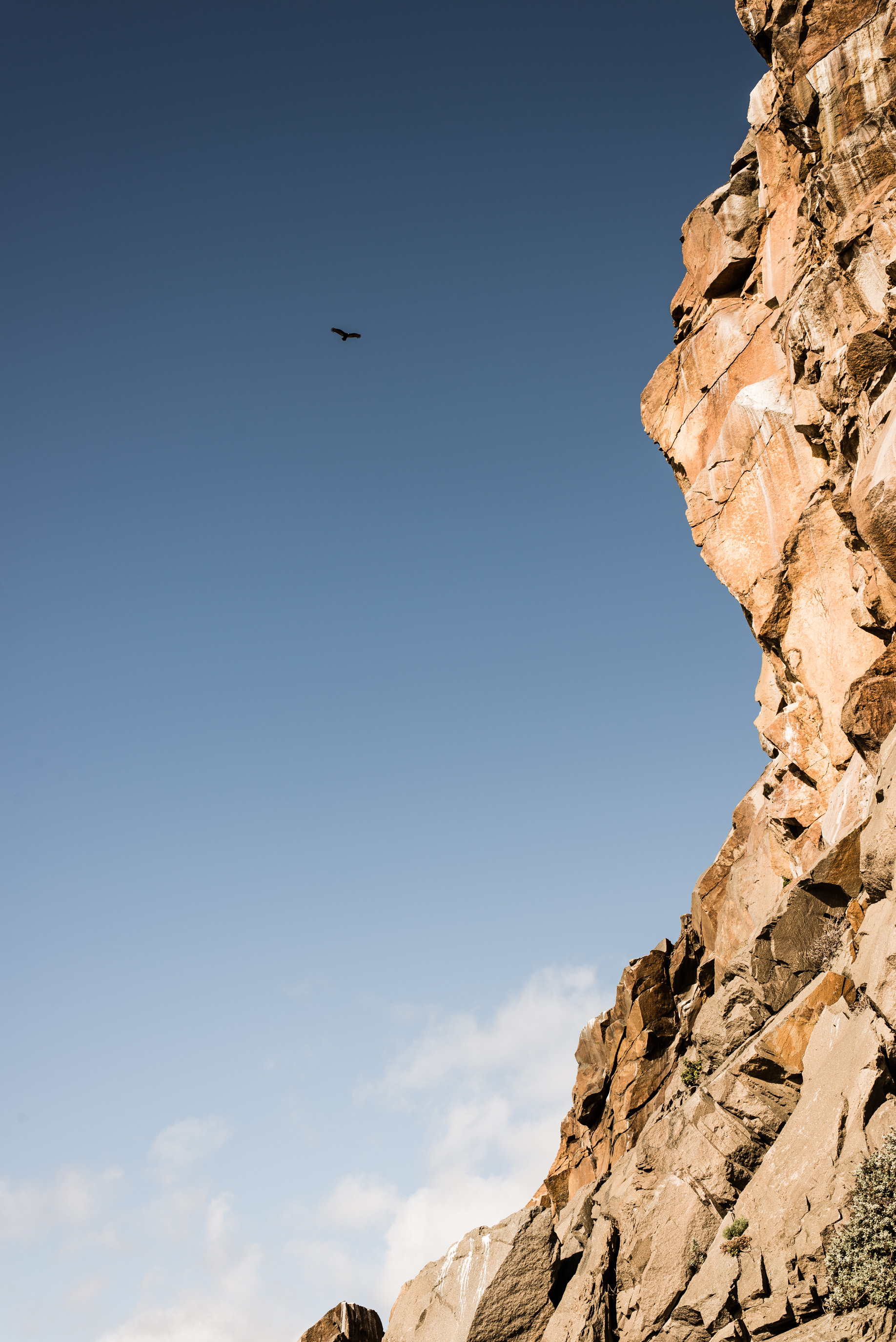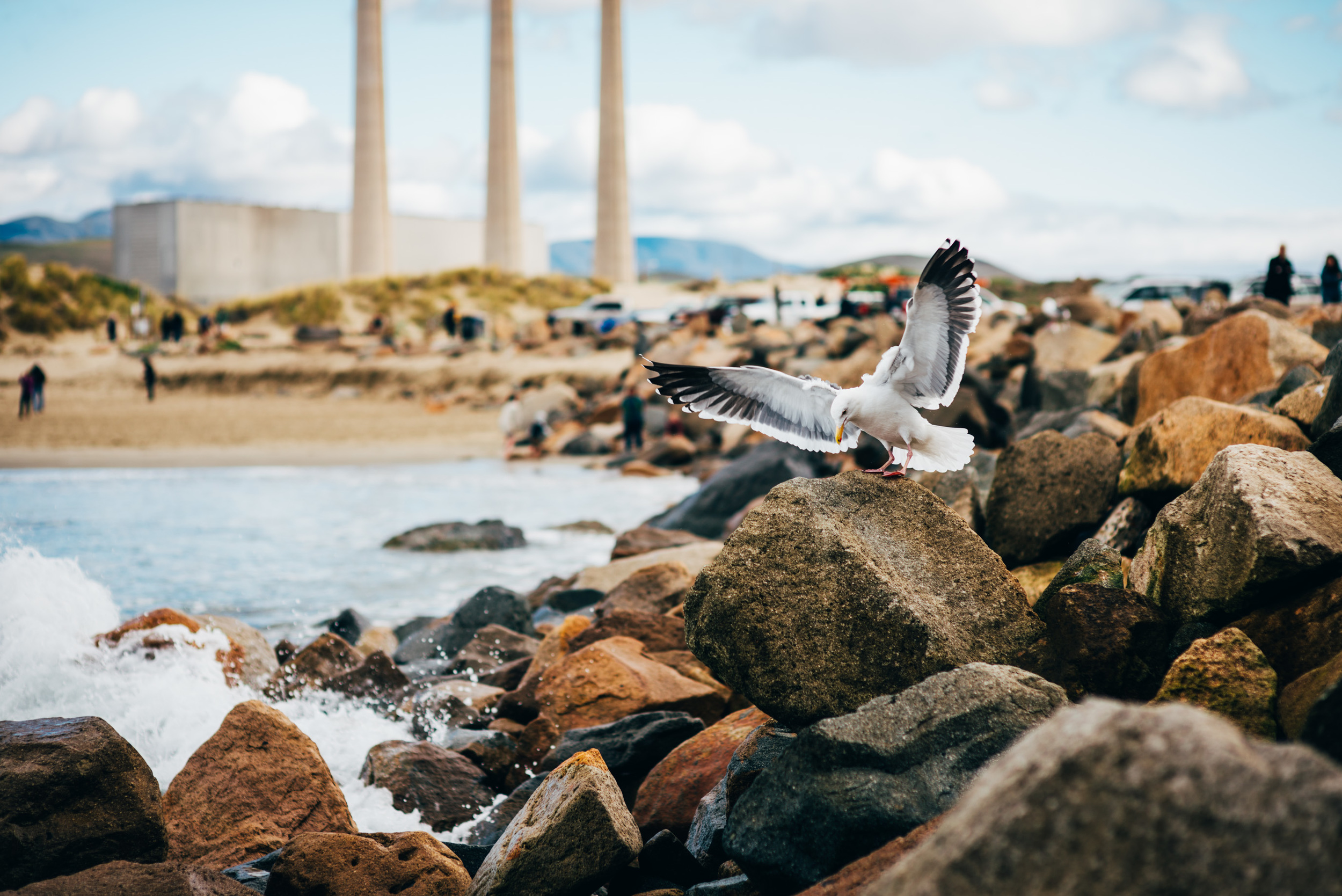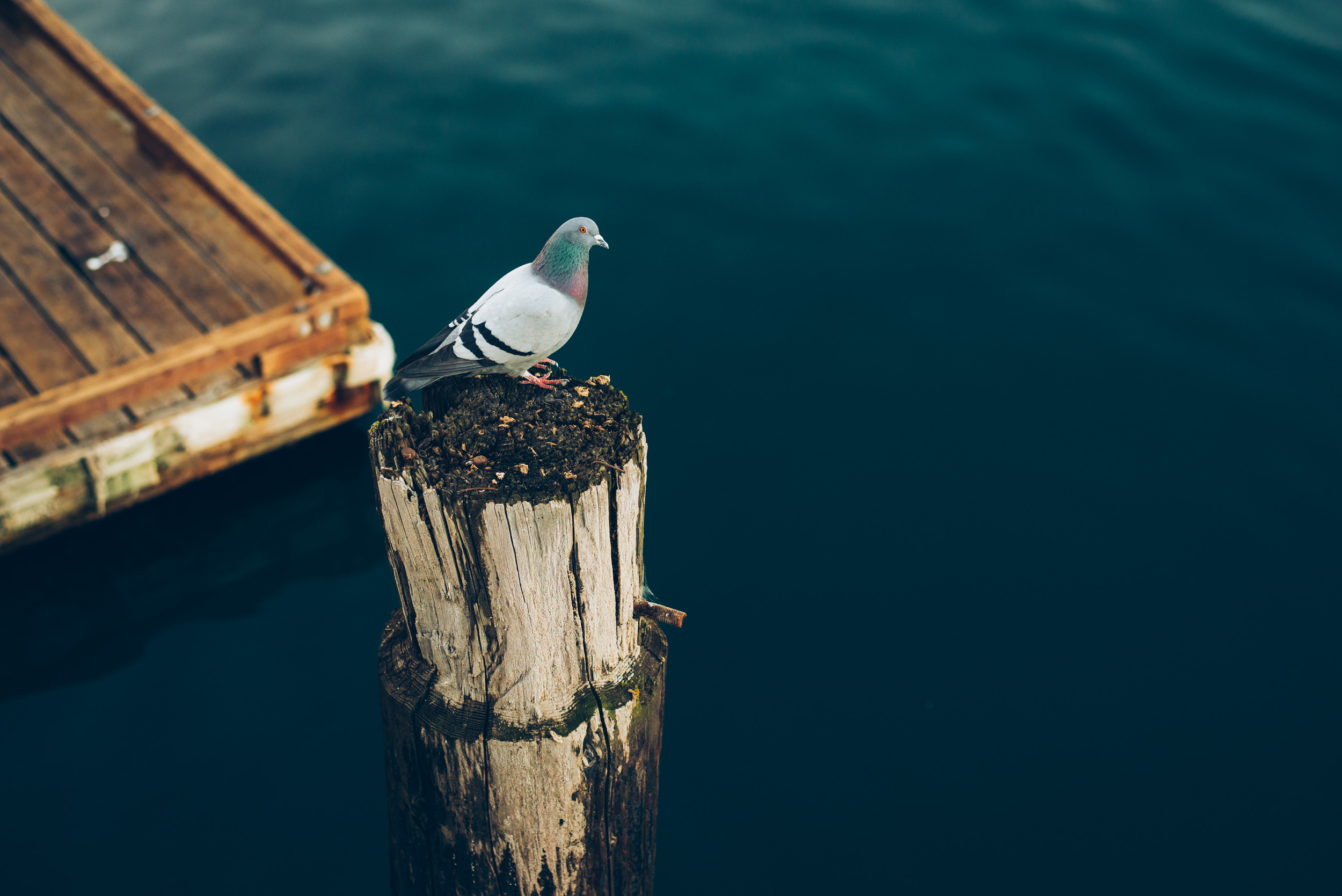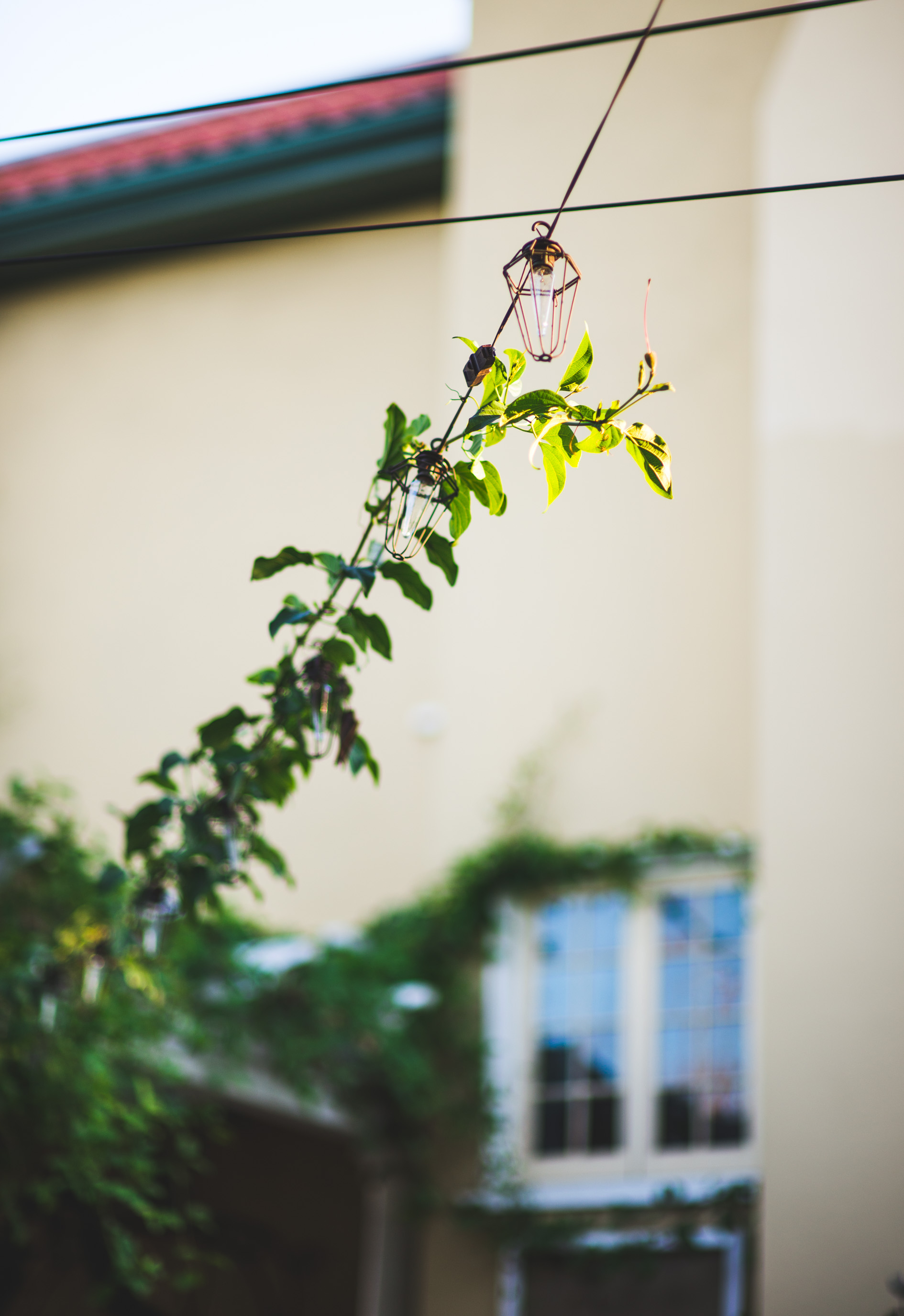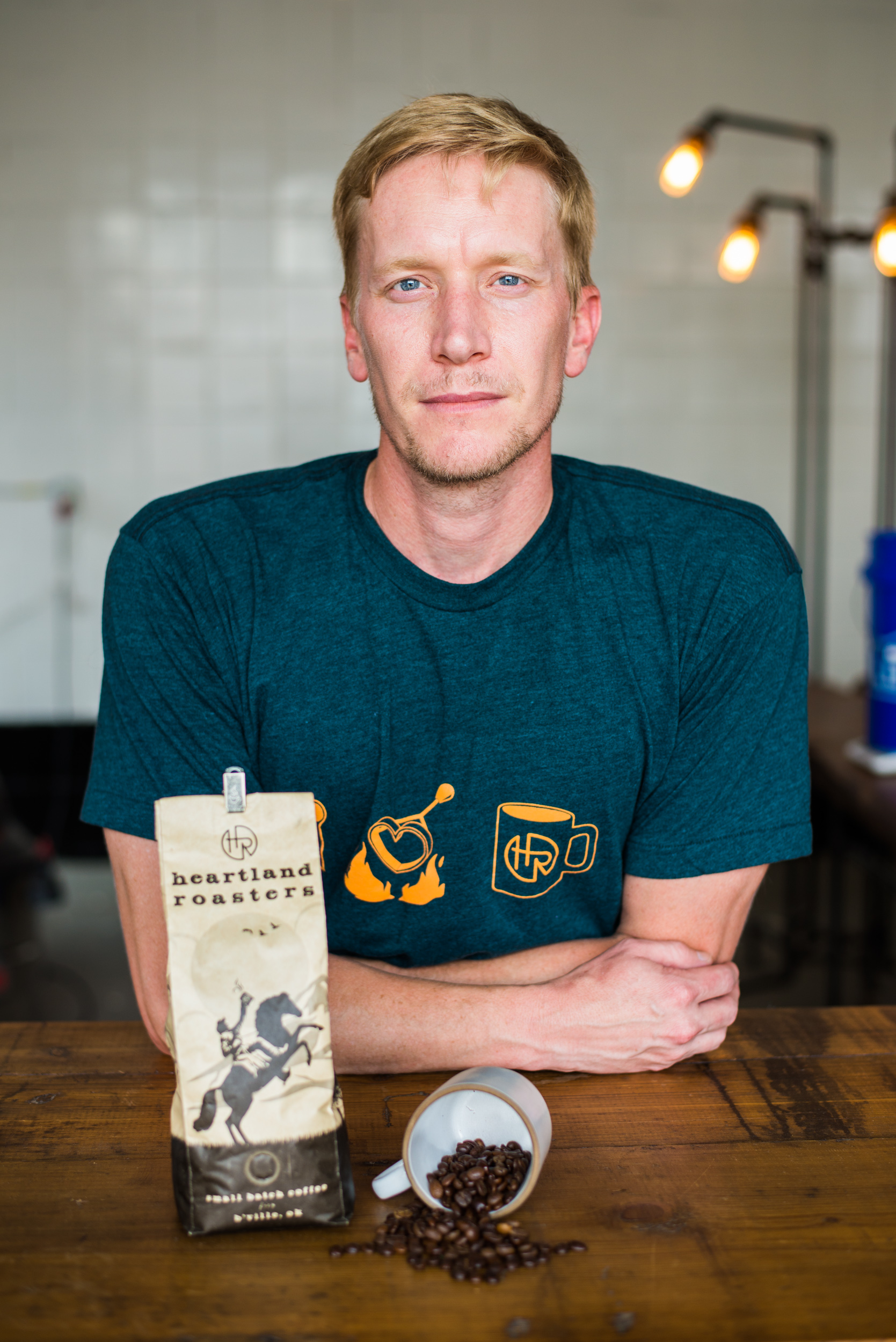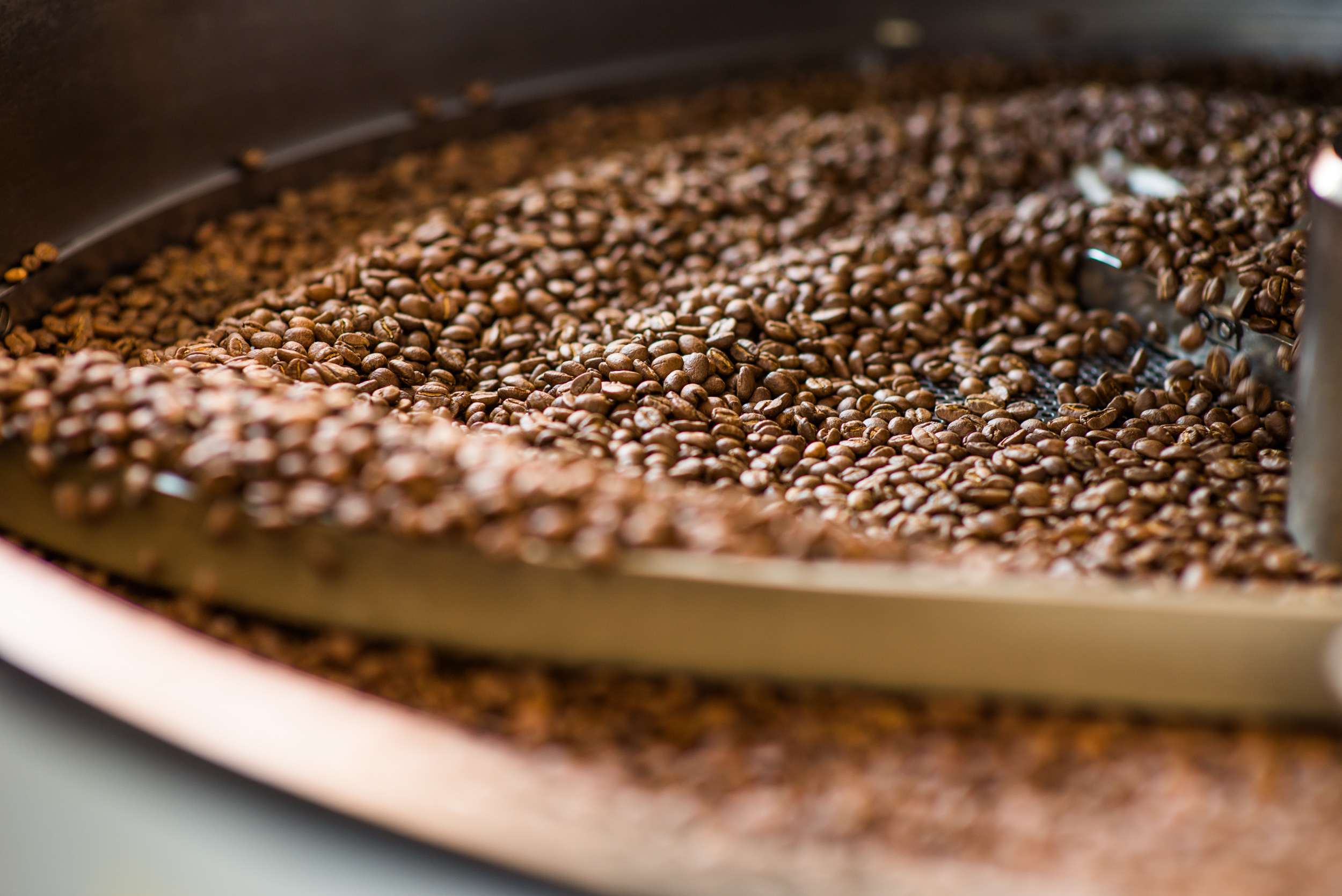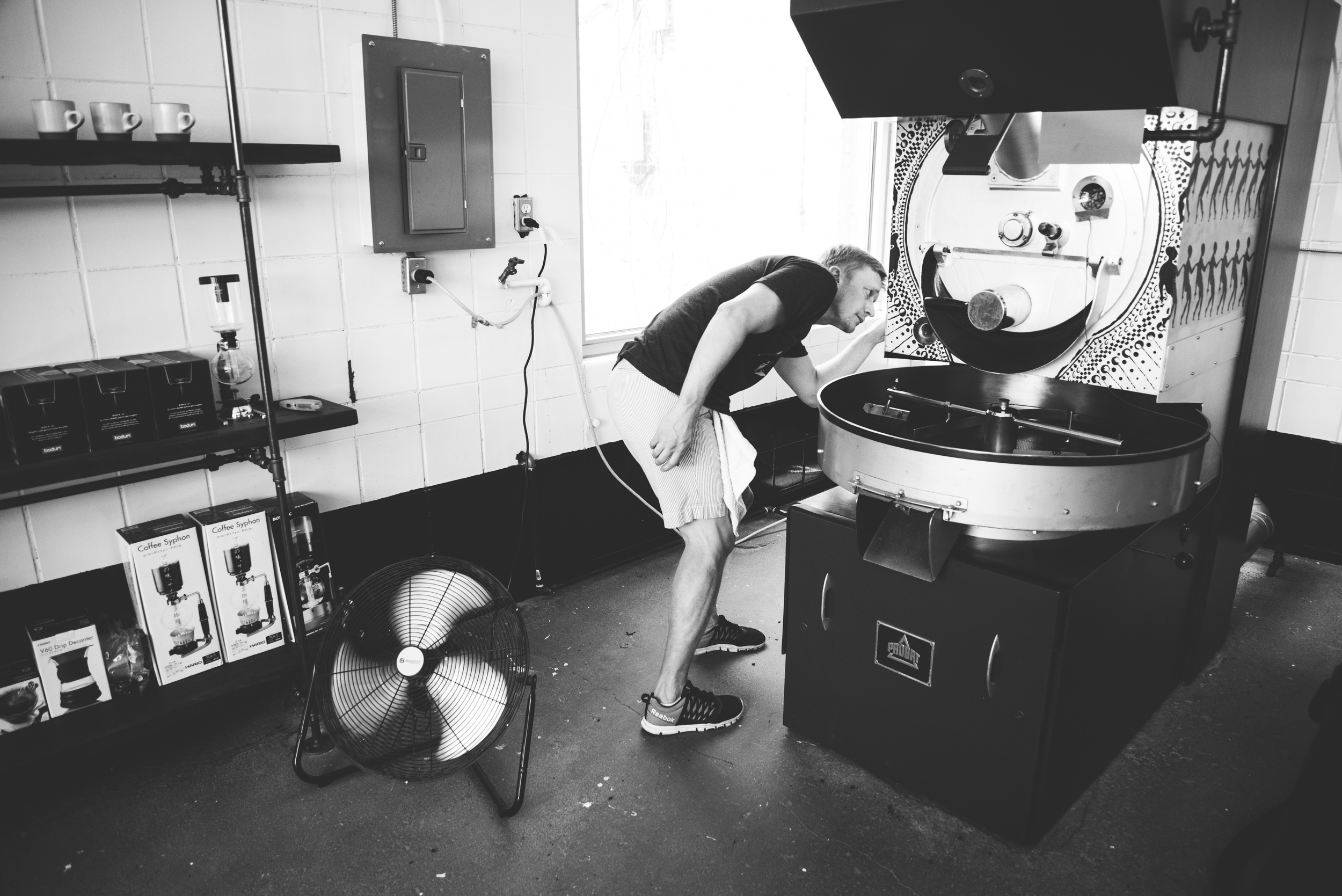Rossitza Goza, Tulsa Symphony Orchestra Concertmaster practicing backstage
In March of 2015 I was just setting out to start my own photography business. I was hired to photograph a special out-of-season event for OK Mozart, an international music festival that has been operating every June in Bartlesville, OK since 1983. In April, the next month, I was hired to photograph the entire week-long festival. From there I was honored to be the official photographer of the festival for 2 more seasons (2015-2017). Unfortunately, due to my move to Houston in May, 2018 I was not able to continue my run with OKM.
The festival allowed me to photograph dozens of musicians, acts, and showcases including the world renowned Amici New York orchestra, Canadian Brass, Michael Martin Murphey, Wilson Phillips, and so many more. It was an honor and a privilege to photograph these talented musicians on stage, and have the occasional face to face interaction back stage.
Caitlyn Caughell, Broadway Performer, Singing with the Bartlesville Symphony in 2016
Michael Martin Murphey performing with the BSO, 2017
Miro Quartet, through the window of Ambler Hall, 2017
This year the festival was rebranded to OKM to signify a departure from purely classical, or classical adjacent music, to a wider variety of acts. I wish the best for OKM and I hope it can continue to bring outstanding talent, which would otherwise be relegated to larger cities, to Bartlesville and NE Oklahoma.
See more of my favorite images from OKM here
Chynna Phillips, 2017
Wilson Phillips, 2017
OK Mozart Gala, 2016
Grand Finale Concert at Woolaroc, 2017
Photographing OKM was an outstanding opportunity which I will probably never have the chance to repeat, so I would like to thank everyone there for taking a chance on me. Thanks for the memories, and I hope I captured some good ones for you too.
See more of my favorite images from OKM here
